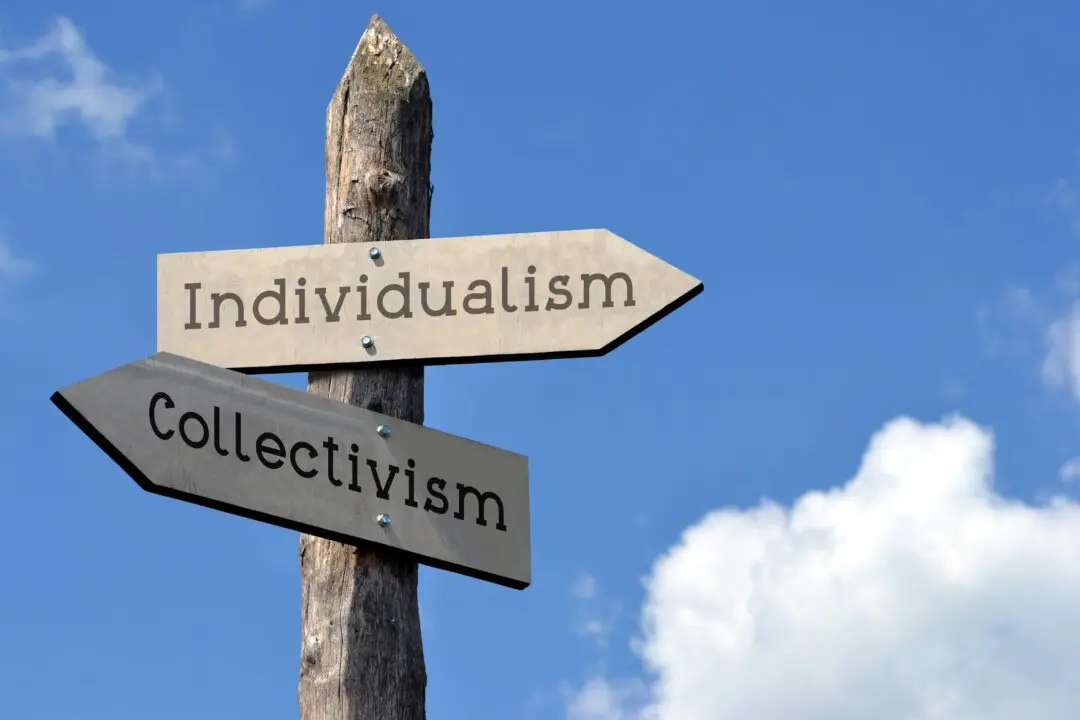News Analysis
Every economic press release these days is an exercise in downplaying disaster. The bureau in question carefully crafts the results announcement, and the media picks up on it, spinning the bad news as good news. It seems to happen every time, such as with the terrible jobs report last week that somehow got rendered as a wonderful jobs creation. The reality is far grimmer.





